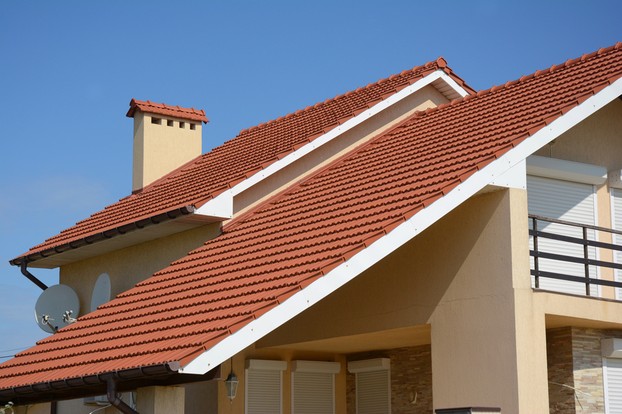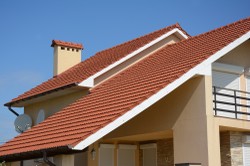The percentage you actually apportion to your new roof varies of course by the style, size of the building and roofing materials used, but this number is a good baseline.
Knowing how relatively small the above number is, you will hopefully feel a bit of leeway and plenty of room to maneuver when it comes to choosing your roof style that will nicely complement your house and reflect your unique aesthetic preferences.
The style of your roof is a more vital consideration than commonly thought. The perfect roof for you will give your new house or addition its own personality and charm. Let's take a look!




 10 Things You Need To Have Clean and Spotless Clotheson 10/28/2021
10 Things You Need To Have Clean and Spotless Clotheson 10/28/2021
 10 Business Ideas For Newbies That Will Thriveon 10/27/2021
10 Business Ideas For Newbies That Will Thriveon 10/27/2021


Comments
RobertKeith, Thank you for the roofing-related information and links. What kind of roofing material is used to make a flat roof that is also a green roof?